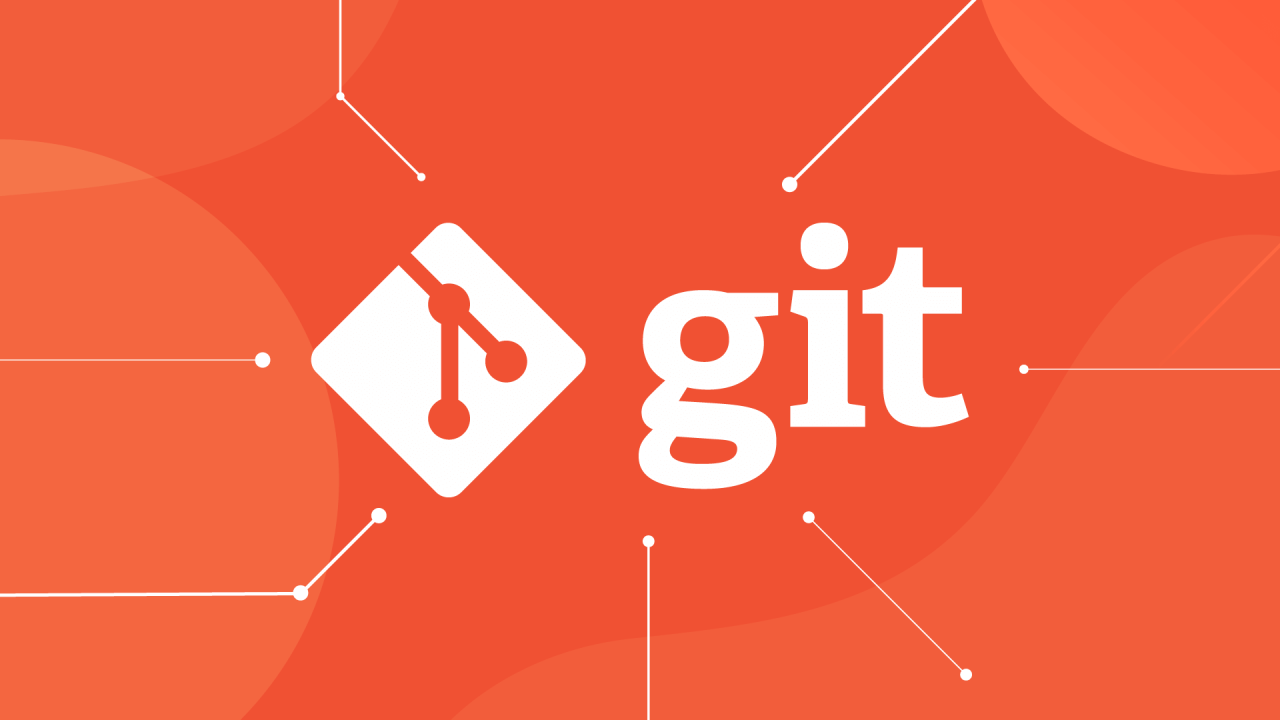Why Git is the Best Version Control System
Discover why Git is the best version control system with its distributed architecture, speed, efficient branching, and extensive ecosystem.

Version control systems (VCS) are essential tools in modern software development, enabling teams to manage changes to source code over time. Among the many VCS options available, Git stands out as the best choice for developers. This blog post will explore the reasons why Git has earned its place as the premier version control system, highlighting its features, advantages, and the benefits it brings to development teams.
1. Introduction to Version Control Systems
Version control systems are software tools that help manage changes to files over time. They track modifications, enable collaboration, and provide the ability to revert to previous versions. Git, developed by Linus Torvalds in 2005, has become the most popular VCS due to its distributed nature, flexibility, and robust feature set.
For a detailed overview of Git, you can refer to this article from Atlassian.
2. Distributed Version Control
Unlike centralized version control systems, Git is distributed. This means every developer has a complete copy of the repository, including its history. This architecture offers several advantages:
- Redundancy and Reliability: Since each developer has a full repository copy, data loss is minimized. Even if the main server goes down, any local copy can be used to restore the project. For instance, a company using Git was able to quickly recover their entire codebase after a server crash by pulling the latest version from one of the developers' local repositories.
- Offline Capabilities: Developers can work offline and commit changes locally. This is particularly useful in environments with unreliable internet access or when working on the go.
For more insights on the benefits of distributed version control, check out this article on GitHub.
3. Speed and Performance
Git is designed for speed. Its performance is superior to many other VCS options, making it efficient for large projects. Key performance benefits include:
- Fast Commits: Committing changes in Git is quick, enabling frequent and small commits that improve code quality and traceability.
- Efficient Merging: Git’s merging algorithms handle complex branch histories efficiently, reducing the time and effort needed to integrate changes. For example, a large open-source project with hundreds of contributors can manage and merge numerous pull requests seamlessly, thanks to Git's efficient merging process.
Read more about Git's performance in this in-depth analysis by Bitbucket.
4. Branching and Merging
Branching is a core feature in Git that allows developers to create separate lines of development. Git’s branching model is powerful and lightweight, offering several benefits:
- Isolated Development: Developers can work on features or fixes in isolated branches without affecting the main codebase. For example, a team working on a new feature can create a separate branch, develop and test the feature, and then merge it into the main branch once it's ready.
- Easy Merging: Git’s efficient merge capabilities make it straightforward to combine branches, even when dealing with complex changes.
- Enhanced Collaboration: Teams can collaborate on features using shared branches, enabling parallel development and faster delivery.
For a comprehensive guide on branching and merging, see this tutorial by Atlassian.
5. Staging Area
Git introduces a unique concept called the staging area (or index). This area allows developers to prepare changes before committing them. The staging area provides:
- Selective Commits: Developers can stage specific changes, enabling precise control over what gets committed. For instance, a developer working on multiple features can stage changes for one feature at a time, ensuring clean and logical commits.
- Better Review Process: Changes can be reviewed and organized in the staging area, ensuring that only intended modifications are included in a commit.
Learn more about the staging area in this Git documentation.
6. Extensive Ecosystem and Integration
Git’s popularity has led to a rich ecosystem of tools and integrations:
- Platforms and Services: Services like GitHub, GitLab, and Bitbucket provide powerful collaboration features, issue tracking, and continuous integration.
- Integration with IDEs: Most integrated development environments (IDEs) support Git, providing seamless workflows for developers.
- Plugins and Extensions: Numerous plugins and extensions are available, enhancing Git’s functionality and integrating it with other development tools. For example, a developer can use Git plugins in Visual Studio Code to manage their repositories directly within the editor, streamlining their workflow.
Explore the Git ecosystem with this article on GitHub integrations.
7. Community and Documentation
Git’s widespread adoption has fostered a large, active community. This community contributes to comprehensive documentation, tutorials, and support resources:
- Learning Resources: Abundant tutorials, courses, and guides are available for developers of all skill levels.
- Active Forums: Communities on platforms like Stack Overflow and Reddit provide quick help and advice for Git-related issues.
- Continuous Improvement: The open-source nature of Git ensures ongoing enhancements and updates driven by community contributions.
For a wealth of resources, visit the official Git documentation.
8. Security and Integrity
Git ensures the integrity of the repository data through cryptographic methods. Every commit is checksummed, and data integrity is verified with each operation. This robust security model protects the repository against corruption and tampering. For instance, a company can rely on Git's security features to maintain the integrity of their source code, ensuring that all changes are tracked and verifiable.
9. Conclusion
Git’s distributed architecture, performance, branching model, and extensive ecosystem make it the best version control system available. Its ability to handle projects of all sizes, support for collaborative workflows, and a strong community ensure that it remains the top choice for developers worldwide. Whether you are a solo developer or part of a large team, Git provides the tools and capabilities needed to manage your source code efficiently and effectively.
Embrace Git and experience the benefits of the best version control system in your development workflow.
For further reading, check out this comparison of Git and other version control systems.
